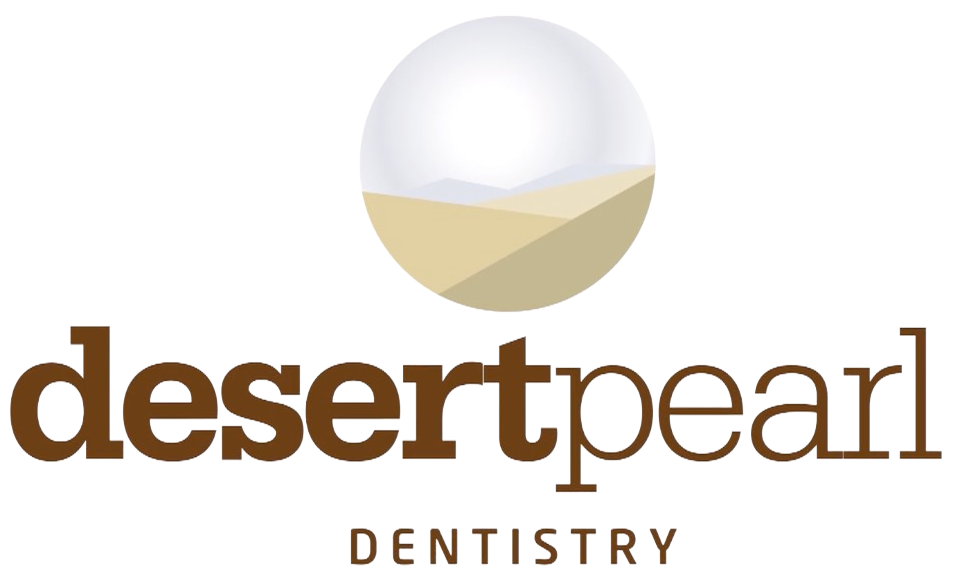Our dental industry relies on local anesthesia to help relieve pain and comfort patients during procedures. But how did local anesthesia get to where it is today? Today’s methods have evolved over the last century with various and improved methods, including Orafix, the single tooth anesthesia system, and lidocaine to relieve tooth pain during procedures. However, our history has told us that our previous methods for relieving pain had some interesting side effects, to say the least, and were at most harmful to our health. We’re here to explore a few of those options, see which ones stuck, why others didn’t, and learn a little bit of dental history about the use of local anesthesia.
How Local Anesthesia Evolved Overtime
From what we’re able to understand, the history of local anesthesia is documented as far back as medieval times and even further if you look at Ancient Egypt and Mesopotamia. However, within medieval documents, many of the common uses for pain relief were more harmful and addictive, which included substances such as narcotics and alcohol. However, true experimentation with these substances existed during the early 1700s to late 1800s, where doctors and dentists of the time we’re working to find more long-term solutions to tooth pain to help prepare patients for dental procedures.
As an attempt to reduce pain during surgical operations, we’ll describe a shortlist of some substances experimented on at the time for relieving tooth pain:
- Nitrous Oxide: Nitrous oxide, due to its successful implementation, is still commonly used today but had some difficulties during the first decade of its use. Nitrous oxide, also known as laughing gas, had been demonstrated and studied by William T.G Morton and Horace Wells, where both remarked its potential as a pain reliever. However, due to its limited usage to relieve pain in mild quantities, it is today used in combination with other procedures and anesthesia methods to be more effective.
- Ether: Acting similarly to nitrous oxide, ether is a colorless solvent that’s often combined with resins, gums, and waxes to be used as a sedative. It was previously used by William Morton in dental and oral procedures, but due to its harmfulness when inhaled in large quantities, it has the risk of causing inebriation, respiratory paralysis, and unconsciousness, so it isn’t used today.
- Cocaine: For many dentists and tooth pain patients, cocaine was considered a popular pain relief method for a long time. Carl Koller argued the use of cocaine as local anesthesia for pain, but it is now considered a highly addictive substance that alters the brain structure if used consistently.
Many medical researchers continue to observe the effects of new and upcoming anesthesia products and have been working towards treating dental pain while optimizing the techniques used to administer it. For dentists, local anesthesia has become the main source for relieving pain during dental procedures. To learn more about what anesthesia options you may have, contact your local dentist today to get information.



